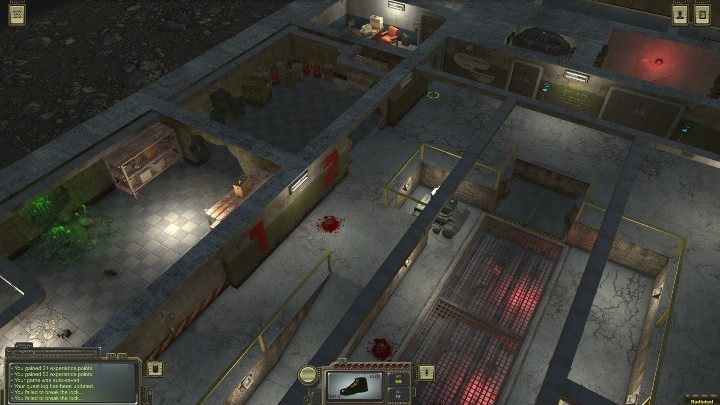
They couldn’t hear.”Īt the White House, aides feared the worst for Rumsfeld. But he had gone out to the site.”Īubrey Davis, one of Rumsfeld’s security agents who trailed the defense secretary out to the crash, recalls hearing frantic questions on the radio about the secretary’s whereabouts that he was unable to answer: “The Communications Center kept asking where the secretary was, and I kept saying we had him. The answer was ‘out of the building.’ We took that to mean that he had been taken to a secure location. But placing himself in danger-and out of communication in a moment of true crisis-was precisely the wrong action from an official standpoint.Īs Victoria “Torie” Clarke, the head of public affairs at the Pentagon, recalled in her oral history, not even Rumsfeld’s staff fully understood where he was in the moments after the attack: “Several times in the next half-hour or so people would ask where the secretary was. His actions that morning, where he actually helped carry stretchers of wounded personnel out of the impact zone, would long endear him to the military. Yet that day he found himself torn between his official duties and the unfolding human tragedy. leadership and evacuate key officials to bunkers and mobile command posts around Washington in the event of an attack, Rumsfeld should have been immediately evacuated. Under the protocols for the secret system known as “continuity of government,” meant to preserve the U.S.

Remarkably, one of the reasons that Cheney was left seemingly on his own during that first hour of the crisis was because Defense Secretary Donald Rumsfeld, officially the second person in the military chain of command, rushed out of his Pentagon suite in the moments after the attack and went to the crash site personally. (right), to the crash scene at the Pentagon heliport Septemin Arlington, Virginia. that the western face of the Pentagon had been hit too, targeted by American Airlines Flight 77, hijacked out of Dulles International Airport. In those opening minutes of the crisis response, officials still struggled to understand what was happening-particularly as word came around 9:37 a.m.
ATOM RPG TRADE HOUSE BUNKER TV
Cheney and Condi Rice were-that’s the space that had the TV monitors, telephones, and whatever else.” Then there’s the conference room area where Mr. The operations chamber is where my watch team was fielding phone calls. We looked at that thing-there must have been thousands of little airplane symbols on it.”īarnes, who served on 9/11 in a role known as the deputy director of Presidential Contingency Programs-that is, the deputy director of the nation’s doomsday plans at the White House-explains, “The PEOC is not a single chamber there are three or four rooms.

Mineta put up on one of the TV monitors a feed of where every airplane across the entire nation was. Navy Commander Anthony Barnes was on duty that morning, and in his first-ever interview, he recalls that he looked around and saw National Security Advisor Condoleezza Rice, White House Communications Director Karen Hughes, Cheney aide Mary Matalin and Secretary of Transportation Norman Mineta: “Mr. Within minutes, Vice President Cheney and other officials arrived. Still, the facility is staffed 24 hours a day, and that morning the team on duty had been gathering for its normal Tuesday morning staff meeting when the towers were struck. READ MORE: Inside the Government's Top Secret Doomsday Hideouts The most immediate questions revolved around how many planes remained in the sky, how many had been commandeered by hostile forces-and what to do about it.

During the first hour there, confusion reigned as the team watched the news unfold on TV and struggled to gather reliable information about the unprecedented attack from the Federal Aviation Administration, the Federal Emergency Management Agency, the Central Intelligence Agency and the Pentagon.

With word that radar had spotted a plane heading straight for the White House, the executive mansion was evacuated and Secret Service agents quickly hustled Cheney and a handful of other high-ranking administration officials down the basement corridors to a Cold War-era underground bunker. Moments after the second plane crashed into the World Trade Center’s South Tower at 9:03 a.m., it became clear America was under attack. Vice President Dick Cheney watching the news of the attacks on the World Trade Center in his office on September 11, 2001, before being led to the underground White House bunker.


 0 kommentar(er)
0 kommentar(er)
